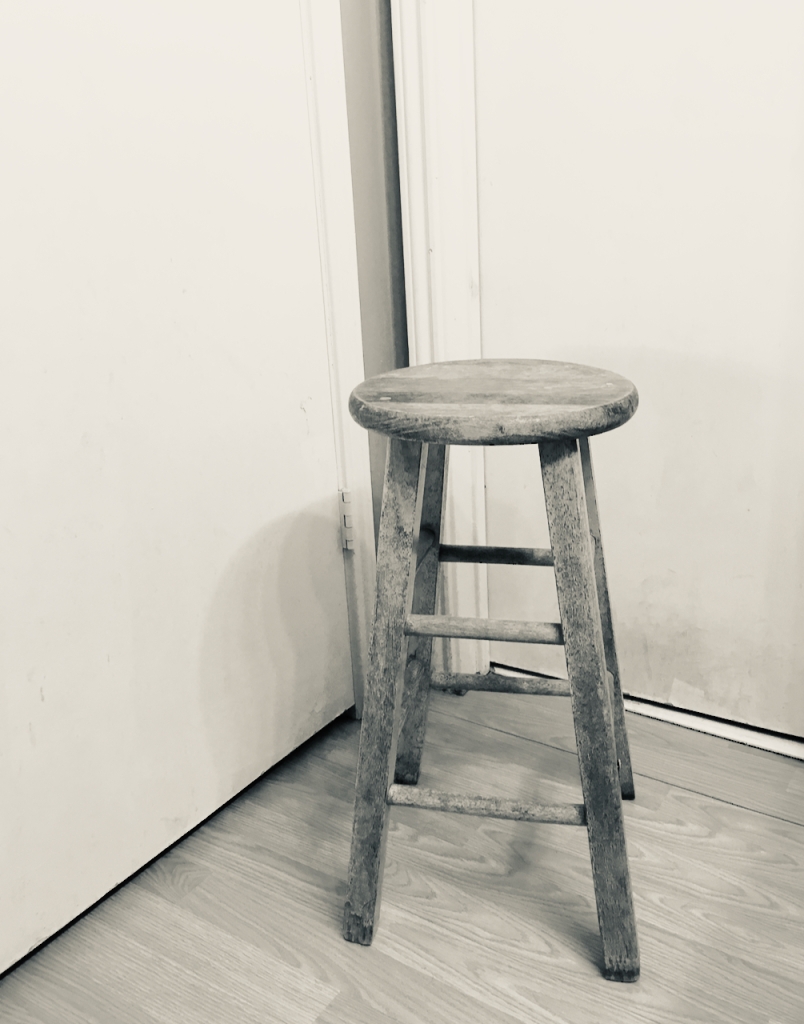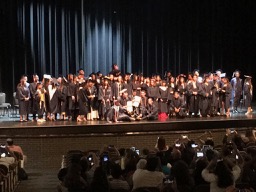I really should have done a new introduction activity for my courses last year…but I reused the first one I’d done at my current campus. Partly, that was a byproduct of the usual beginning of year crush (and a new prep). Partly, I wanted to see what my repeat students would remember about the pictures in it. In any case, I am not running it back for a third year.
The first day of a class matters, but it is hard to make it matter—there are always the nuts and bolts of the course to get through, expectations and syllabi and all of the additions that result from campus policies and practices. It’s a hard day for the teachers—who will need to serially introduce themselves again and again over the course of a day (or two if they’re on block schedule)—but even moreso for the students, who are bombarded with mostly the same information but are expected to keep track of the differences from class to class. Everybody is keyed up. Everybody is somewhere on the nervous-to-excited spectrum. Everybody is bored.
So how does one introduce themself to a room of 30 or 35 bored teenagers? There’s as much calculation involved as in any piece of writing. It’s not much more than an elevator pitch. You have to distill your main points into an intro that’s no only interesting, but communicates in the way you communicate. You have to, in calculated fashion, present as authentic.
”Authenticity” is, as Tressie McMillan Cottom points out (in an excellent piece about Kamala Harris’s performative tightrope), constructed. We have expectations about what “real” looks like—dozens of small and large things about demeanor, tone, diction. I think back to the George W. Bush years and how much was made of him being a guy people thought they could sit down and have a beer with (despite the power of his family in American politics and the privilege he’d lived and breathed as he ascended to the presidency). I also think about how people decided Obama was ‘awkward’ when he sat down over beers with Cornel West and the police officer who’d tried to arrest him for entering his own home. Different presentations of authenticity, different effects (and affects) and different results.
Teenagers, even contemporary teens immersed in a world that blurs the line between irony and sincerity, can smell a phony. (Thank you, Holden Caulfield.) Therefore, an introduction must be honest. In my case, I teach advanced classes and work hard to maintain rigor…which I need to be honest about but not dwell on. None of my students want to hear “you’ll have to work hard to pull a 93” on day one. I have high expectations for my students because they deserve those expectations. They deserve to be challenged…and they deserve to be supported as they rise to those challenges.
That’s one of my balancing acts. I’m not one of those people who radiates such charisma that my students are all instantly won over. Despite my best intentions and years of working on it, I still come across as a little scary to students. Most of them get over it, but the more I can establish in my introduction that supporting students is as much part of my philosophy as challenging them, the more easily I can help them turn the corner toward trusting me, toward believing I’m authentic in my engagements with them and not just talking some talk.
Writers (and writing teachers) repeat “show, don’t tell” ad nauseam. For good reason! It’s hard to show in an introduction, though, hard to demonstrate authenticity without merely explaining “no, really, I mean this. Please believe me!” The trick of it is patience, understanding that an introduction is only a first impression, vital though it may be. Introductions establish expectations and build the frames in which we understand what happens after (in writing or otherwise). It takes some telling to build a window into who we are and what we believe, a little calculation to understand what will read as real to our audience and to accordingly tilt the window this way or that. If you’ll forgive some further torture of the analogy, they key is in making sure the window is actually open, actually looking into the right room. No curtains. No frosting. No phonies.




 There was a different kind of crying.
There was a different kind of crying.
